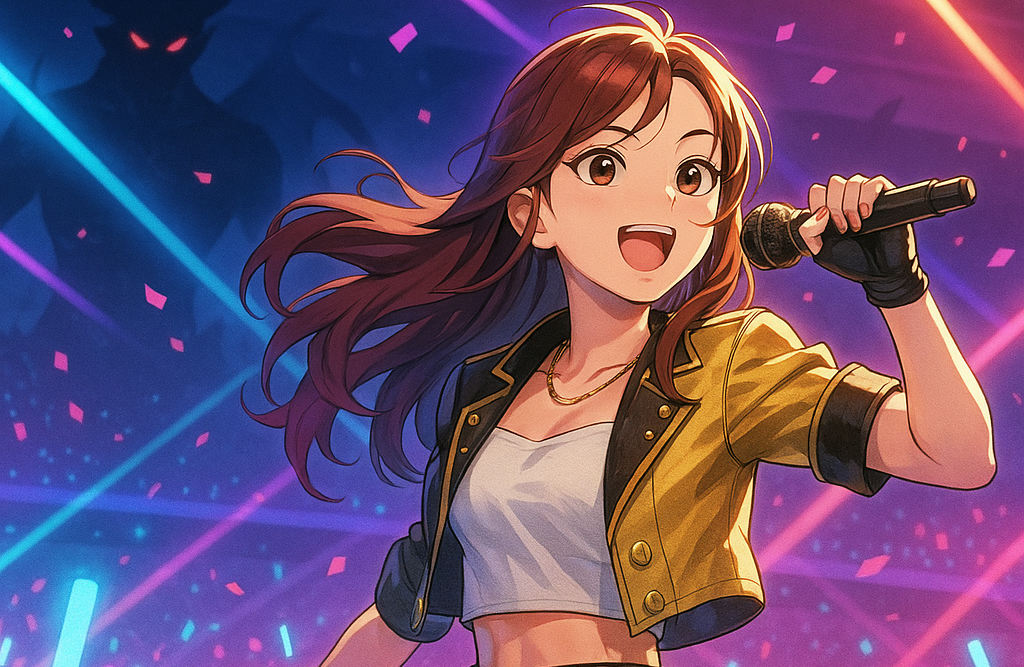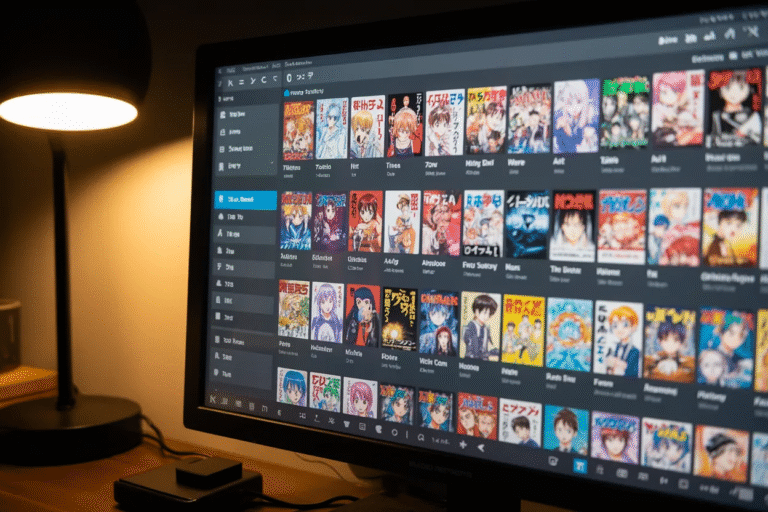
Rumi KPop Demon Hunters
Introduction
If you searched “rumi kpop demon hunters” and want everything in one place, this guide is for you. Below you’ll find who Rumi is, how her voice and vocals were approached, what makes her stand out inside HUNTR/X, how music drives the story, and the moments fans keep rewatching. The goal is simple: a clean, spoiler-light overview that helps your article rank for the core query while answering all common follow-up questions.
Who is Rumi?
Rumi is the “golden girl” center of the trio HUNTR/X. On stage she’s a confident idol who rallies fans with bright energy. Off stage she carries the weight of being a protector. That contrast defines her appeal: she is both superstar and shield. Her presence often pivots scenes from sparkly concert vibes to sharp, purposeful action.
Core traits at a glance
- Leadership with empathy: She reads the room, calms nerves, and makes decisions in real time.
- Fan-first mindset: Fame is responsibility, not just spotlight.
- Courage under pressure: When threats escalate, she steps forward, not back.
Rumi’s Voice and Vocals
Rumi’s character works because her speaking voice and singing persona feel unified. The line delivery is crisp, upbeat, and emotionally transparent, while the vocal cuts bring punch and warmth. You hear grit when the stakes rise and softness when she reassures teammates and fans. The performance lets Rumi switch from rehearsal banter to arena-commanding lines without losing her natural charm.
What listeners notice
- Clean articulation for dialogue that still feels casual and idol-like
- Lift on pre-choruses and bridges that mirrors her “rally the crowd” role
- Breath choices during tense sequences to sell urgency without shouting
HUNTR/X: Rumi, Zoey, and Mira
HUNTR/X is built like a balanced stage unit and a coordinated battle team.
- Rumi is the lead voice and emotional anchor.
- Zoey brings combustible energy and comic relief that turns fierce when it counts.
- Mira adds precision and steadiness—both in choreography and in strategy.
The trio dynamic matters for ranking content because fans often search the group name alongside character names. Mention the unit, then zoom into Rumi’s specific role.
Why Rumi Connects with Fans
- Relatable pressure: She faces idol expectations but refuses to be hollow.
- Protective instinct: She treats a packed arena like a community she must keep safe.
- Earned confidence: Her bravado isn’t just style; it’s built from preparation and care for her team.
Takeaway for readers: Rumi isn’t perfect because she never stumbles; she’s compelling because she grows, admits fear, and still chooses to act.
Abilities and Combat Readiness
While the story keeps a friendly, accessible tone, Rumi’s fighting style shows training and nerve.
- Tempo control: She uses rhythm—count-ins, cues, and chorus hits—to time moves.
- Defensive priorities: Clear sight lines, keep the team tight, protect the audience first.
- Signature flourish: Finishes with stage-worthy punctuation, turning battle beats into “encore moments.”
These notes make your page useful for readers who search “Rumi powers” or “Rumi ability set” without needing heavy spoilers.
Performance Aesthetic
Rumi’s look blends idol glamour with subtle utility:
- Wardrobe: Shimmery jackets or performance dresses with movement-friendly cuts.
- Props: Mic and stand feel integral, not decorative.
- Lighting: Warm golds and electric pinks to underline the “golden girl” motif.
Styling details help your article capture long-tail searches like “Rumi outfit,” “Rumi costume,” or “Rumi cosplay ideas.”
Music That Defines Rumi
Music is the on-ramp for many viewers. Tracks tied to Rumi often carry:
- High-energy choruses that double as crowd anthems
- Call-and-response hooks that fit the protector theme
- Bridge sections that transition cleanly into action
When you describe songs, focus on how they shape character moments rather than listing everything. That keeps your copy unique and avoids duplication of official track lists.
Moments to Rewatch (Spoiler-Light)
- The first full-stage reveal: Clear statement of who Rumi is, musically and personally.
- Mid-show pep talk: A short, uplifting beat that resets team focus.
- Finale sequence: Rumi ties together voice, leadership, and risk-taking in one sustained run.
These cues help fans jump to what they love and keep your time-on-page healthy.
Rumi for Cosplay and Fan Edits
Cosplay checklist
- Gold-accent performance jacket or top
- Stage-ready skirt or fitted pants with easy movement
- Hand mic or safe foam mic-stand prop
- Light-stick colorway that complements gold and pink lighting
Edit ideas
- Beat-synced cuts on chorus hits
- Crowd glow overlays for light-stick waves
- Warm-to-electric LUT for “golden to neon” mood shifts
This section captures intent from creators who search styling and edit tips around “rumi kpop demon hunters.”
Character Arc Themes (No Major Spoilers)
- From image to intent: Rumi learns to define success beyond surface-level perfection.
- Trust in teamwork: Leadership isn’t solo; it’s setting the tempo others can follow.
- Care as strength: Protectiveness is not weakness—it’s purpose.
These themes make your guide stand out from basic cast summaries.
Quick Facts (Skimmable)
- Group: HUNTR/X
- Role: Lead voice, team anchor
- Personality: Brave, kind, steady under pressure
- On-stage vibe: Bright, crowd-first, confident
- Off-stage focus: Safety, planning, morale
Keep this box tight for featured snippets and “People also ask” overlap.
Writing and Production Touches That Stand Out
- Dialogue that breathes: Lines feel conversational, not just “idol speak.”
- Music-story weave: Hooks advance mood and plot, not just decorate scenes.
- Crowd as character: Audience reactions matter, reinforcing Rumi’s protector lens.
This adds unique editorial value while staying non-derivative.
FAQs
Who is Rumi in KPop Demon Hunters?
She’s the golden-center of HUNTR/X—an idol who treats fame as responsibility and steps up when danger rises.
What makes Rumi different from typical idol characters?
She leads with care. Her spotlight moments aren’t just for glory; they’re tied to protecting her team and fans.
Does Rumi actually fight?
Yes. The choreography flows into action, so performance cues and combat timing feel like one language.
What’s her performance style?
Bright vocals, confident stage presence, and rallying lines that lift the crowd before a big drop or finish.
Is this character good for cosplay and edits?
Absolutely. The gold-forward palette, mic prop, and neon lighting make Rumi a favorite for both.
Conclusion
For searches like “rumi kpop demon hunters,” readers want a quick, trustworthy snapshot with character focus, group context, and music cues. This guide keeps spoilers light, highlights why Rumi resonates, and organizes the details that fans, cosplayers, and editors look for. Update the page as new clips or insights appear, and you’ll stay relevant for both the main keyword and related queries around voice, songs, outfits, and moments to rewatch.


